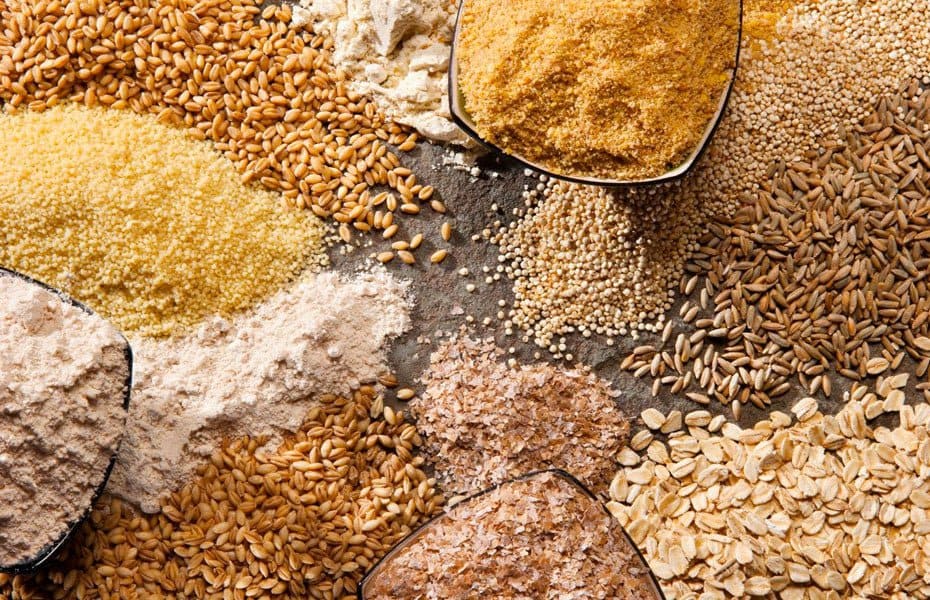Picture this: You’re standing in the grocery store, staring at a bag of something called “freekeh” next to another mysterious grain labeled “teff.” Meanwhile, your usual white rice feels suddenly… boring. Sound familiar?
Welcome to the wonderful world of ancient grains – where your dinner plate becomes a time machine, transporting flavors and nutrition that have sustained civilizations for thousands of years.
But here’s the thing: these aren’t just trendy health foods with fancy names. They’re nutritional powerhouses that could transform how you think about grains forever.
By the end of this guide, you’ll know exactly which ancient grains deserve a spot in your pantry, how to prepare them properly for maximum nutrition and flavor, and why your great-great-grandmother’s wheat might have been doing something right all along.
What Exactly Are Ancient Grains?
Let’s start with the basics. Ancient grains are varieties that have remained largely unchanged for hundreds – sometimes thousands – of years. Unlike modern wheat, corn, and rice that have been selectively bred and modified for mass production, these grains have maintained their original genetic structure and nutritional density.
Think of them as the heirloom tomatoes of the grain world. While modern wheat has been bred for high yields and uniform appearance, ancient grains kept their original nutritional profiles, robust flavors, and natural resilience intact.
This distinction matters more than you might expect – it affects everything from their nutritional content to how your body processes them.
The term “ancient grain” encompasses both true cereal grains and pseudocereals. True grains come from grasses, while pseudocereals are seeds from non-grass plants that we use in similar ways. This distinction is crucial for anyone avoiding gluten, since pseudocereals are naturally gluten-free.
The Ancient Grain Family Tree
- True Ancient Wheats: Einkorn, emmer, spelt, kamut (khorasan wheat), freekeh, bulgur
- Gluten-Free Grains: Millet, teff, sorghum, wild rice, oats
- Pseudocereals: Quinoa, amaranth, buckwheat, chia
Each of these grains tells a story of human civilization. Einkorn was likely the first wheat ever cultivated, discovered alongside the remains of ancient settlements. Quinoa was so valued by the Incas they called it “chisaya mama” – the mother of all grains. These foods didn’t just feed our ancestors; they shaped entire cultures.
👉 Exploring Edible Dock Plants: Curly Dock & Broad-Leaved Dock Guide
The Science Behind Their Superiority
The nutritional advantages of ancient grains aren’t just marketing hype – they’re rooted in how these plants evolved and how they’ve been processed for thousands of years.
Why Ancient Grains Pack More Nutrition
Modern grain breeding focused on yield, uniformity, and shelf life, often at the expense of nutrition. Ancient grains retained their original genetic complexity, which translates to higher concentrations of proteins, vitamins, minerals, and beneficial plant compounds called phytochemicals.
Consider this: while modern wheat contains about 10-12% protein, einkorn often exceeds 18%. Similarly, teff provides exceptional levels of iron and calcium – nutrients that have been diminished in many modern grain varieties through selective breeding.
The Complete Protein Advantage
Several ancient grains offer something rare in the plant kingdom: complete proteins containing all nine essential amino acids. Quinoa, amaranth, and buckwheat join the exclusive club of plant-based complete proteins, making them invaluable for vegetarians and anyone looking to diversify their protein sources.
Even incomplete proteins in ancient grains often have superior amino acid profiles compared to modern varieties. Ancient wheats typically contain higher levels of lysine, an amino acid that’s often limiting in grain-based diets.
Understanding Antinutrients and Traditional Wisdom
Here’s where ancient food preparation wisdom becomes crucial. Many ancient grains contain compounds called antinutrients – substances like phytic acid, tannins, and enzyme inhibitors that can interfere with mineral absorption and digestion.
Before you panic, understand that traditional cultures developed sophisticated methods to minimize these compounds.
Soaking, sprouting, and fermentation – techniques our ancestors used routinely – significantly reduce antinutrients while actually increasing the bioavailability of nutrients. When you soak quinoa overnight before cooking, or sprout your grains, you’re following ancient wisdom that modern science has validated.
This is why ancient grains prepared traditionally are often more digestible than their modern counterparts, even for people with sensitivities. The preparation matters as much as the grain itself.
👉 Unlock the Benefits of Fermented Chicken Feed for Healthier Hens
Proven Health Benefits That Go Beyond Basic Nutrition
The research on ancient grains reveals compelling health advantages that extend far beyond their impressive nutrient profiles.
Cardiovascular Health and Blood Sugar Control
Multiple studies demonstrate that regular consumption of ancient grains can significantly impact heart health. The high fiber content, particularly beta-glucan found in barley and oats, actively works to reduce LDL (bad) cholesterol.
But the benefits go deeper – ancient grains typically have lower glycemic indexes than refined grains, meaning they cause more gradual rises in blood sugar.
For example, switching from white rice to quinoa can reduce post-meal blood sugar spikes by up to 27%, according to research on people with type 2 diabetes. This isn’t just academic – it means more stable energy levels and reduced cravings throughout your day.
Digestive Health and the Microbiome
The fiber in ancient grains isn’t just about keeping you regular. These grains contain resistant starch and prebiotic fibers that feed beneficial gut bacteria, supporting a healthy microbiome. Wild rice, for instance, contains resistant starch levels significantly higher than white rice, providing fuel for the bacteria that produce beneficial short-chain fatty acids.
Anti-Inflammatory Effects
Many ancient grains are rich in polyphenols and other antioxidant compounds that help combat inflammation. Studies on kamut wheat showed it could reduce inflammatory markers and improve cholesterol profiles compared to modern wheat varieties.
These anti-inflammatory effects may contribute to reduced risks of chronic diseases, including certain cancers.
Your Ancient Grain All-Stars: Meet the Essential Varieties
Let’s dive into the most versatile and nutritionally impressive ancient grains you should know, including their unique characteristics and optimal uses.
Quinoa: The Nutritional Overachiever
Pronounced: KEEN-wah
Originally cultivated at altitudes exceeding 12,000 feet in the Andes, quinoa has evolved to be incredibly nutrient-dense. It’s naturally gluten-free, cooks in just 15 minutes, and has a mild, slightly nutty flavor that adapts to both sweet and savory applications.

What sets quinoa apart is its exceptional mineral content – it’s particularly high in magnesium, which supports over 300 enzymatic reactions in your body, and folate, crucial for DNA synthesis and repair. The protein quality rivals that of meat and dairy, making it invaluable for plant-based diets.
- Best applications: Breakfast bowls, salad bases, rice substitute, flour for gluten-free baking
- Preparation tip: Always rinse thoroughly to remove the natural saponin coating that can taste bitter
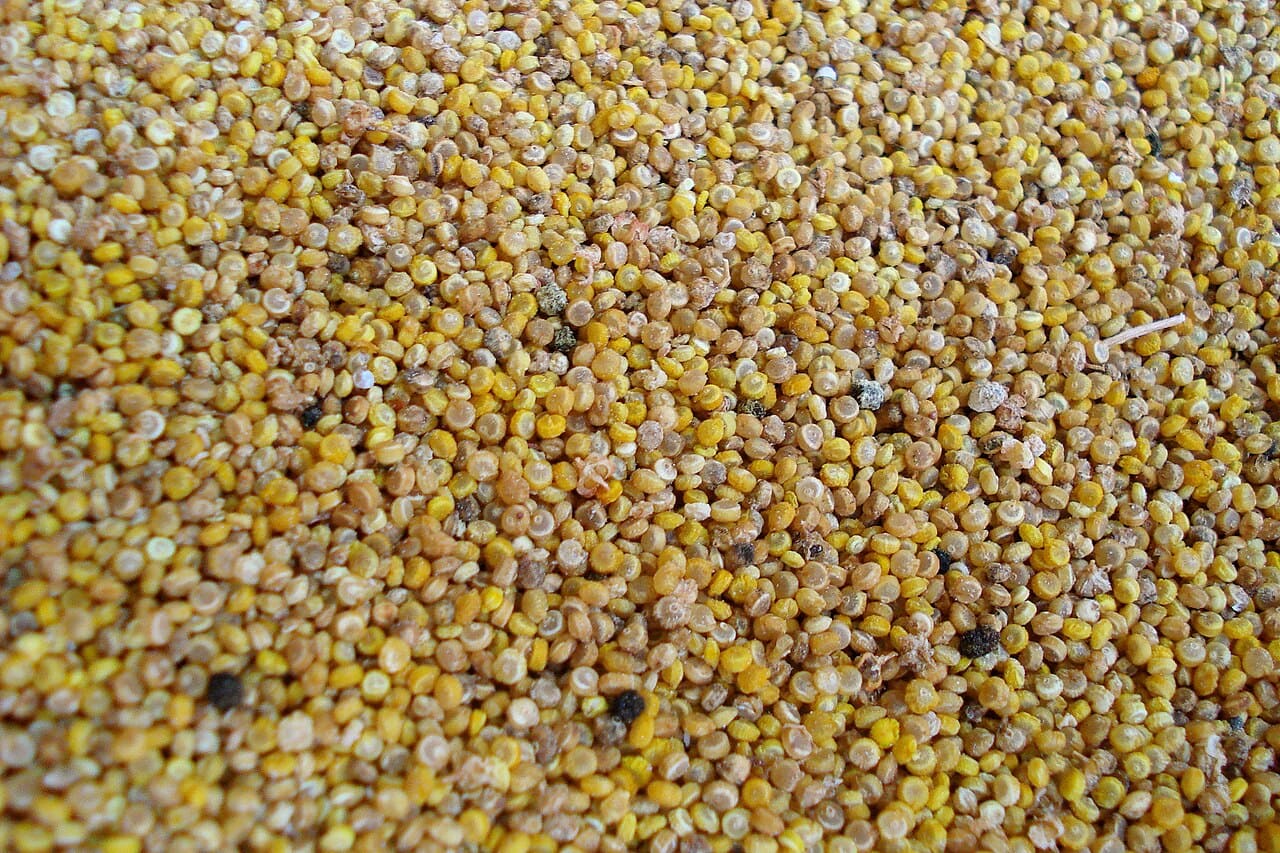
Amaranth: The Aztec Powerhouse
These tiny seeds were so central to Aztec culture that they used them in religious ceremonies alongside food preparation. Amaranth provides one of the highest protein contents among grains, plus it’s one of the few plant sources of vitamin C – unusual for a grain.

The mineral profile is exceptional, with particularly high levels of iron, magnesium, and calcium. When popped, amaranth becomes a delightful crunchy snack with a mild, nutty flavor.
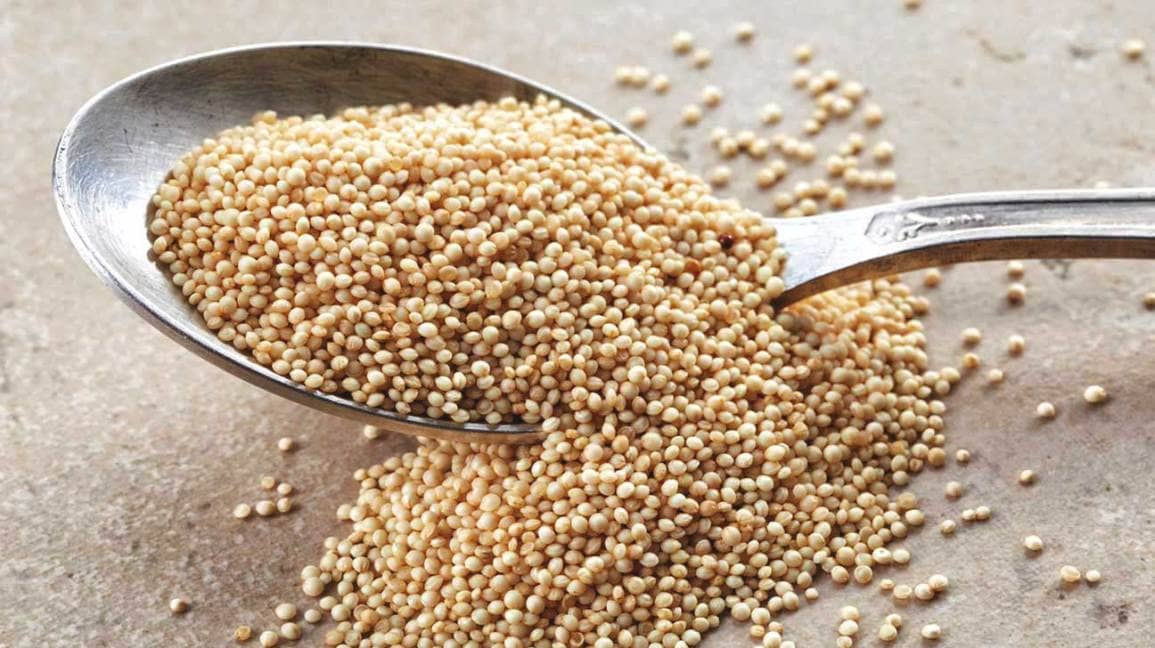
- Best applications: Hot cereal, popped for snacks or granola, flour for gluten-free baking
- Unique property: Can be popped like tiny popcorn for a protein-rich snack
👉 Here’s How to Grow and Use Amaranth in Your Home Garden
Spelt: The European Heritage Grain
This ancient cousin of modern wheat offers familiar wheat-like properties with enhanced nutrition and a distinctly sweeter, nuttier flavor. Spelt contains higher levels of protein and B vitamins than modern wheat, plus it often feels more digestible to people with mild wheat sensitivities (though it’s not suitable for celiac disease).
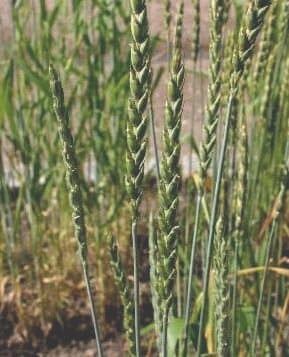
Spelt’s gluten structure is more delicate than modern wheat, which can actually make it easier to digest but requires slight adjustments in baking techniques.
- Best applications: Bread, pasta, baked goods where you want wheat-like properties
- Baking advantage: Can often substitute 1:1 for wheat flour with minimal recipe adjustments
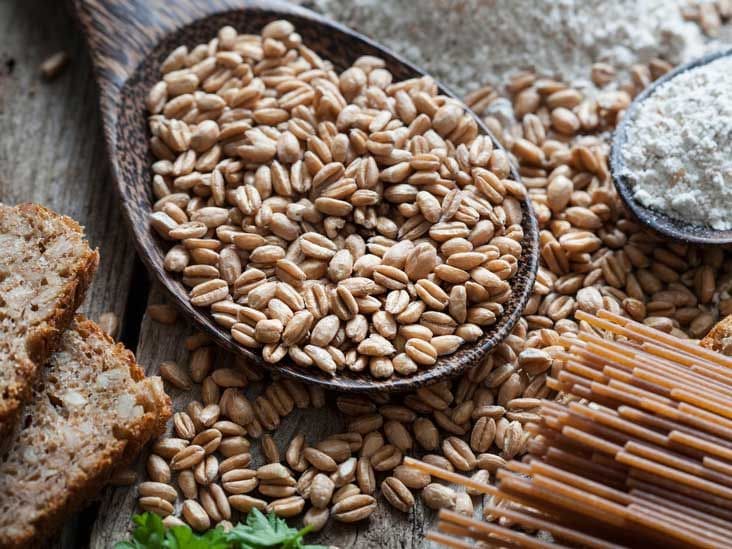
Farro: The Mediterranean Staple
Technically referring to three different ancient wheat species – emmer, einkorn, and spelt – farro has been nourishing Mediterranean populations for millennia. It offers a satisfying chewy texture and robust, earthy flavor that stands up well to bold seasonings.
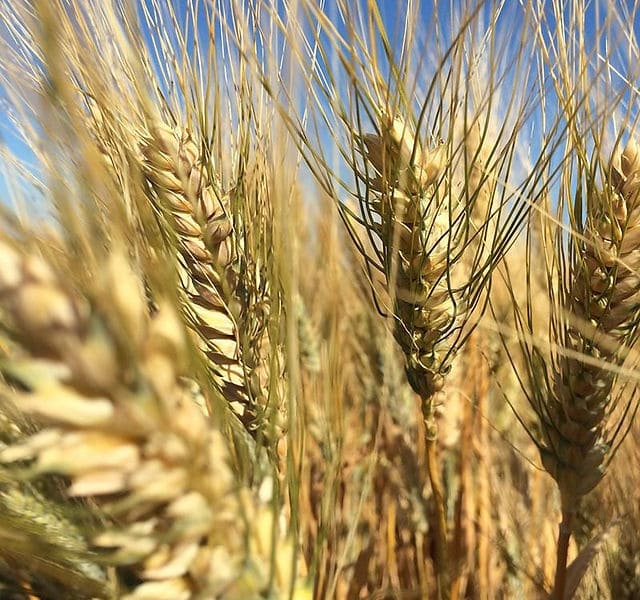
Farro provides excellent levels of fiber, protein, and zinc, plus it contains lignans – plant compounds associated with heart health and cancer prevention.
- Best applications: Risotto-style dishes, grain salads, soups where you want substantial texture
- Cooking insight: Semi-pearled farro cooks faster while retaining most nutrients
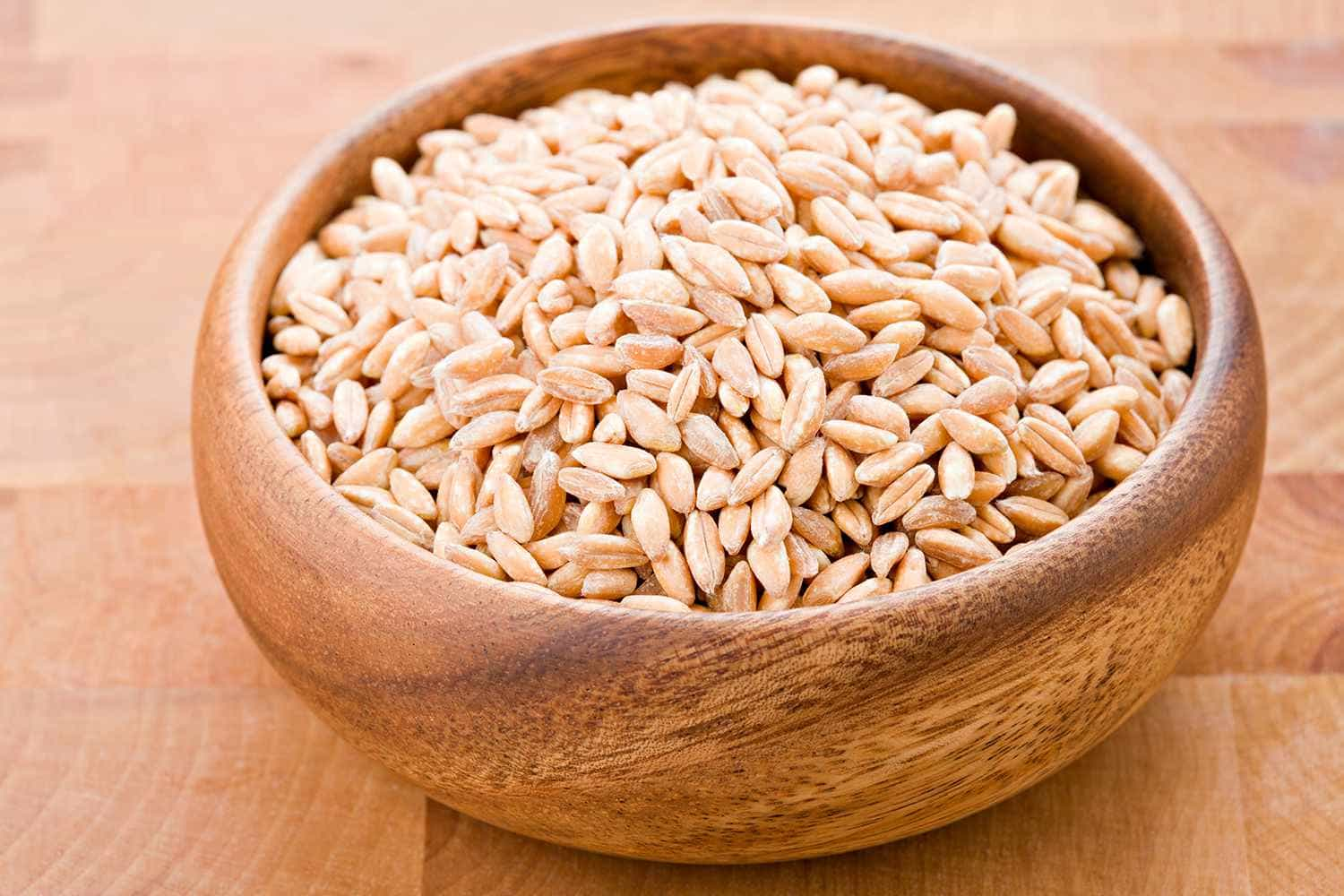
Freekeh: The Smoked Ancient Wonder
This unique grain deserves more attention. Freekeh is made from young, green wheat that’s harvested early, then roasted and rubbed to remove the chaff. This process creates a distinctive smoky flavor and concentrates the nutrients.
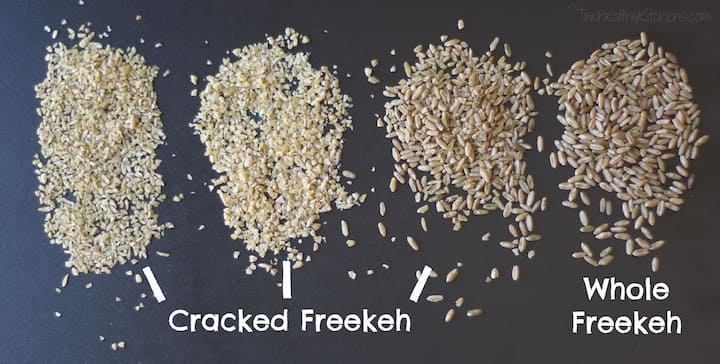
Because it’s harvested young, freekeh retains higher protein and fiber levels than mature wheat. The roasting process also creates unique flavor compounds that add depth to dishes.
- Best applications: Pilafs, grain salads, soup bases where smoky flavor is welcome
- Flavor profile: Nutty with distinctive smoky notes from the traditional roasting process
Teff: The Ethiopian Endurance Grain
The world’s smallest grain – so tiny that 150 teff grains equal the weight of one wheat kernel – teff is the foundation of Ethiopian cuisine and culture. Despite its size, it’s nutritionally mighty, providing exceptional levels of iron, calcium, and vitamin C.
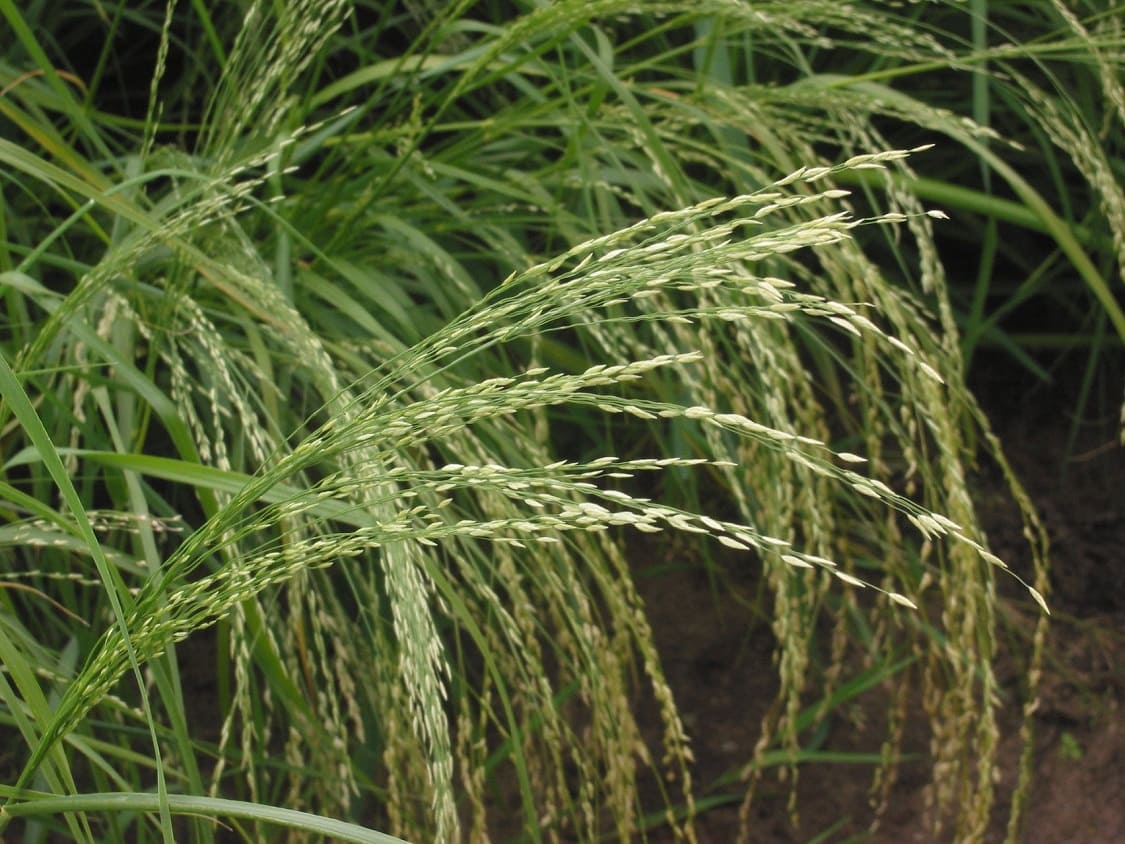
Teff’s amino acid profile is particularly well-balanced, and its high mineral content may explain why iron deficiency anemia is relatively rare in regions where teff consumption is high.
- Best applications: Porridge, flatbreads, flour for gluten-free baking with distinctive flavor
- Cultural note: Used to make injera, the traditional Ethiopian sourdough flatbread
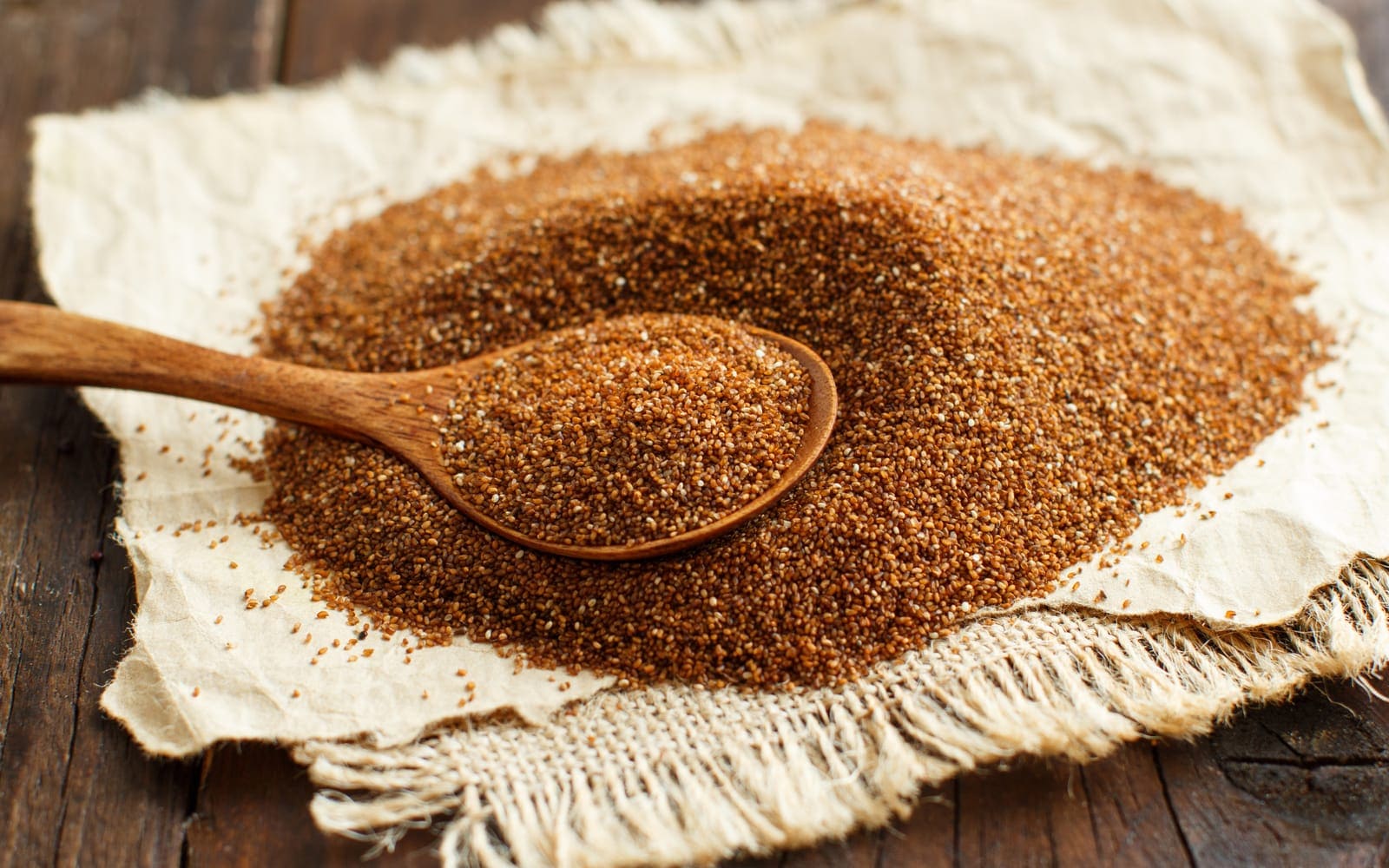
Millet: The Drought-Resistant Survivor
Often dismissed as “bird food” in Western cultures, millet has sustained populations across Africa and Asia for thousands of years. It’s exceptionally tolerant of harsh growing conditions and provides steady, sustained energy due to its complex carbohydrate structure.

Millet is particularly rich in magnesium and has been associated with improved heart health and blood sugar control in several studies.
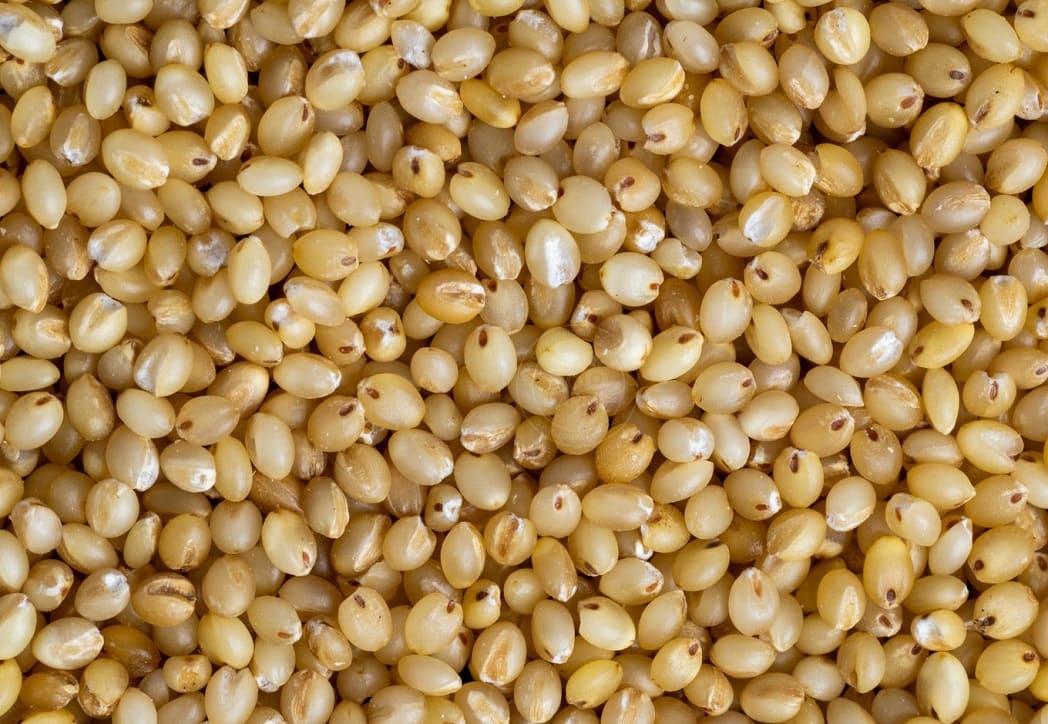
- Best applications: Hot cereal, rice substitute, flour for adding sweet corn-like flavor to baked goods
- Cooking tip: Toasting before cooking enhances its naturally sweet, corn-like flavor
👉 Here’s What Every Gardener Should Know About Corn Smut: From Garden Foe to Gourmet Delicacy
Einkorn: The Original Wheat
Einkorn holds the distinction of being humanity’s first cultivated wheat, unchanged for over 10,000 years. With only 14 chromosomes compared to modern wheat’s 42, einkorn represents wheat in its most primitive form.
This genetic simplicity contributes to its exceptional protein content – often 18% or higher – making it the most protein-rich of all wheat varieties.

The grains are small and rice-like, with a beautiful golden color from high levels of lutein, a carotenoid that supports eye health. While einkorn contains gluten, its structure is fundamentally different from modern wheat, and some people with wheat sensitivities report better tolerance.
- Best applications: Artisan breads, pasta, pancakes where distinctive flavor is welcome
- Baking challenge: Requires experience due to unique gluten structure that develops quickly and can become sticky
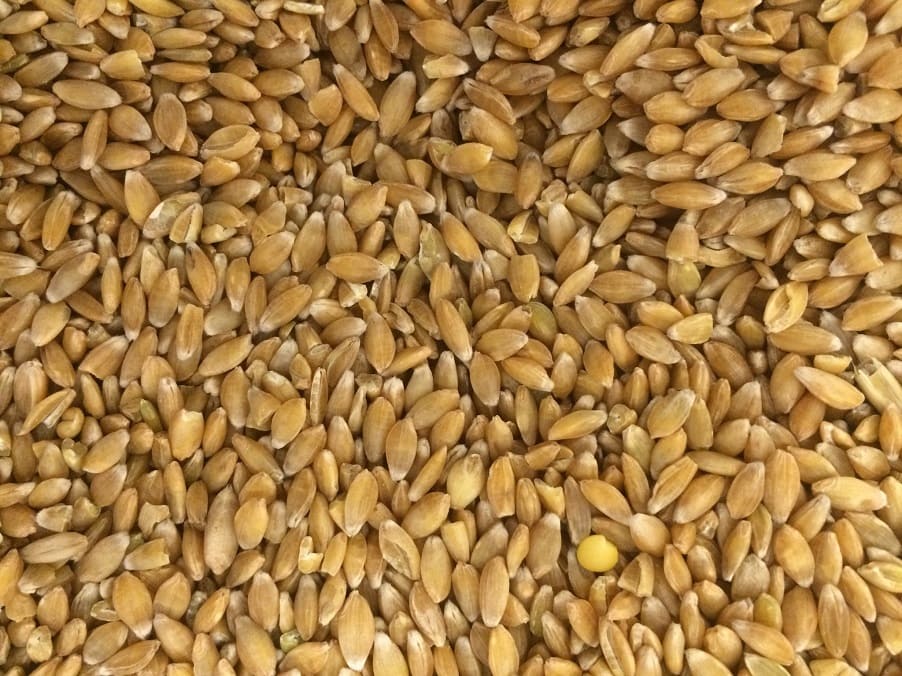
Kamut (Khorasan Wheat): The Pharaoh’s Gold
This large, elegant grain variety originated in ancient Egypt and Mesopotamia, earning nicknames like “Pharaoh’s wheat” and “King Tut’s wheat.” Kamut grains are two to three times larger than modern wheat and have a distinctive sweet, buttery flavor with subtle nutty undertones.
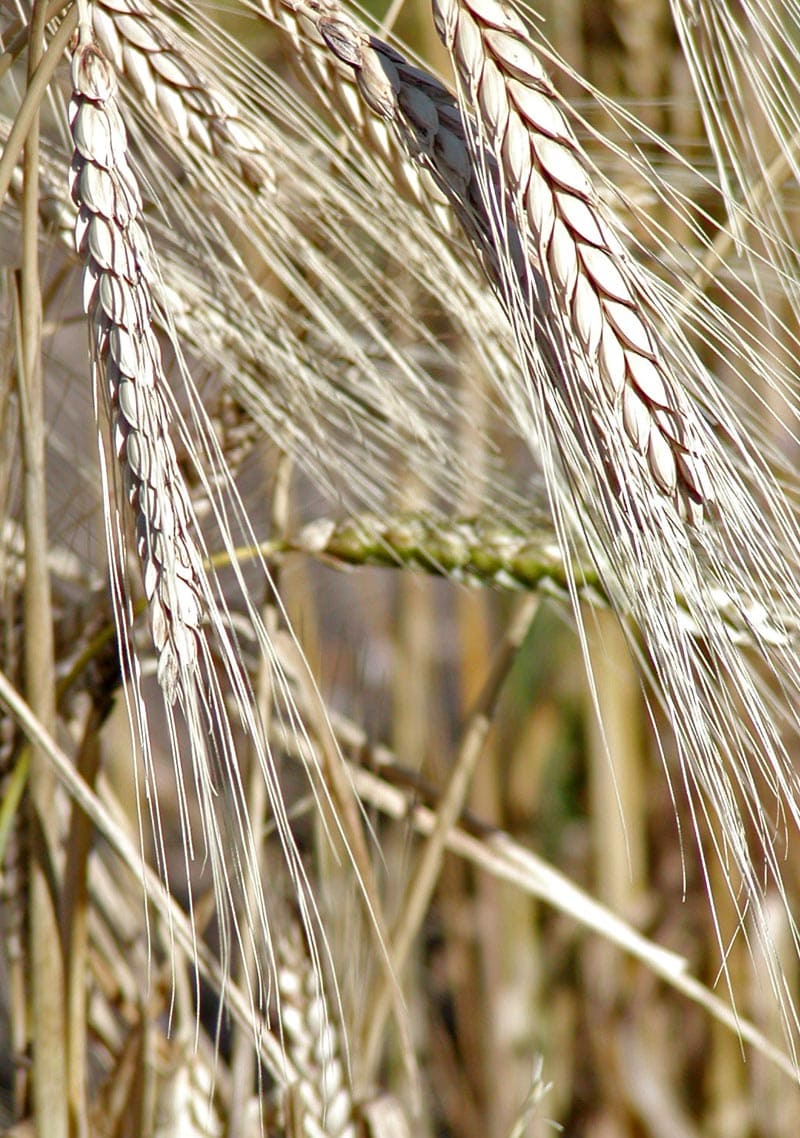
Nutritionally, kamut excels in selenium content – one cup provides 100% of your daily needs – plus substantial amounts of zinc, magnesium, and B vitamins. Its natural sweetness makes it particularly well-suited for baked goods and desserts.
- Best applications: Cakes, cookies, bread where sweet flavor enhances the recipe
- Unique advantage: Higher natural sugar content reduces need for added sweeteners in baking
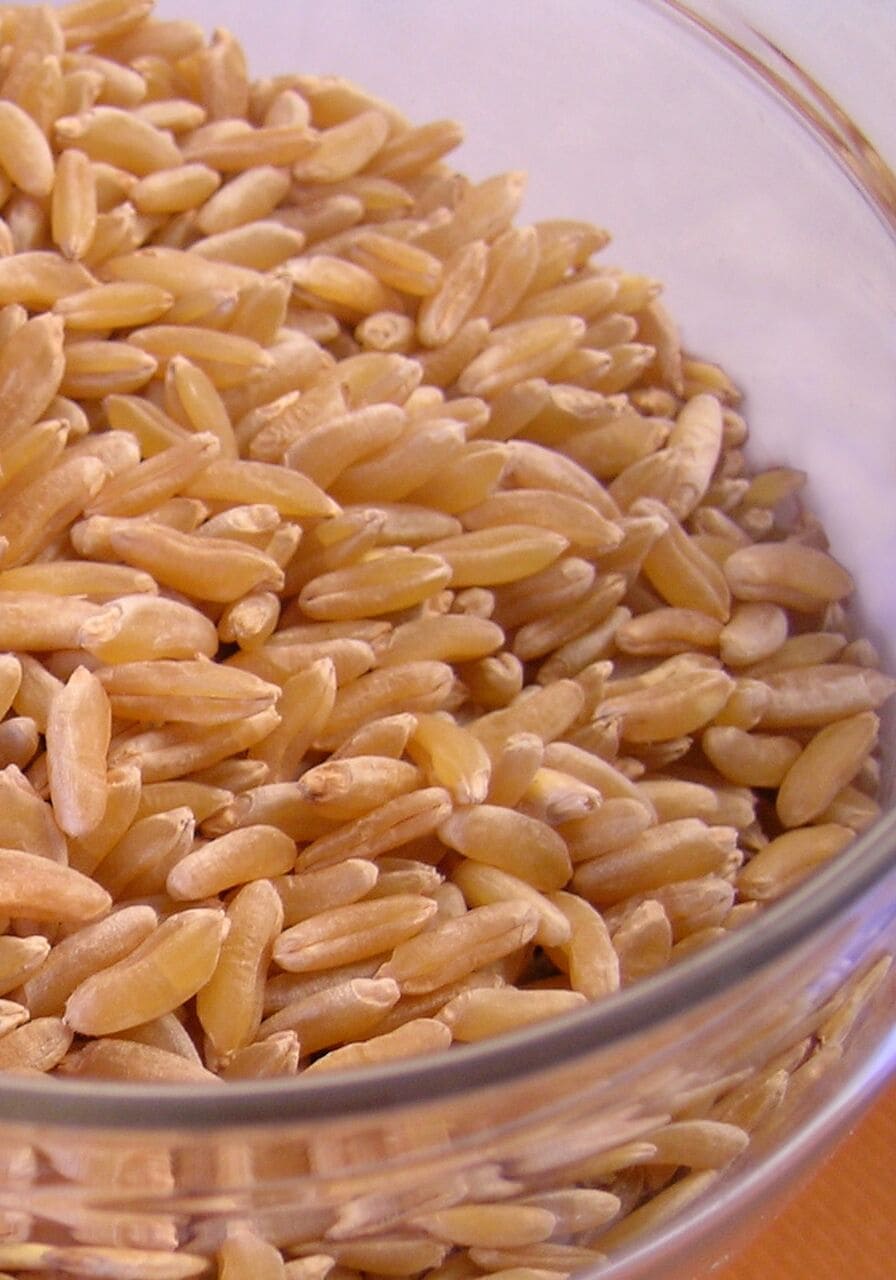
Sorghum: The Drought-Defying Survivor
As the world’s fifth most consumed grain, sorghum feeds billions globally while requiring minimal water and thriving in harsh climates. This ancient African grain comes in various colors – white, red, brown, and black – each offering slightly different flavors and nutrient profiles.
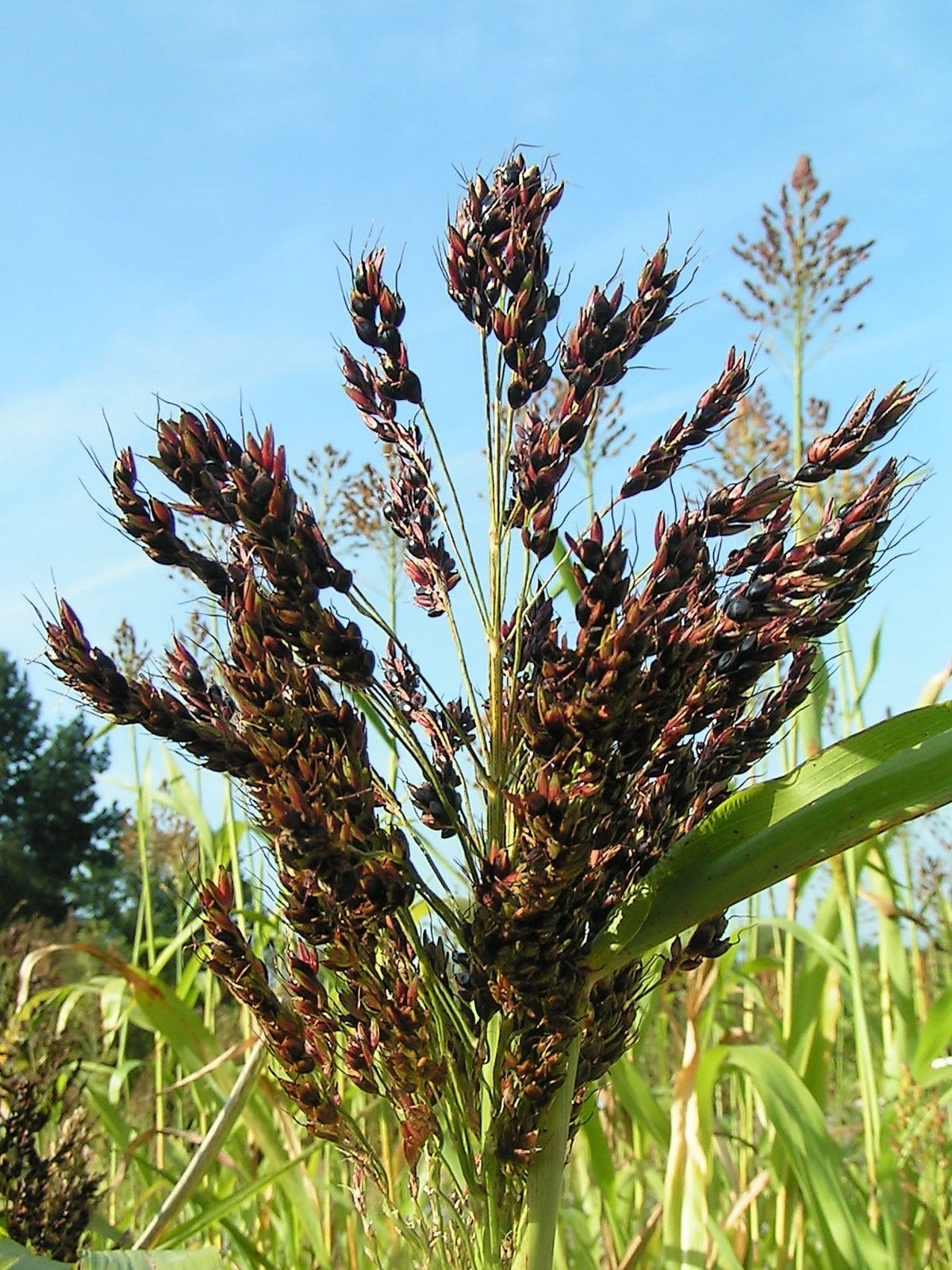
Sorghum stands out for its exceptionally high resistant starch content, often 4-21% compared to other grains’ 1-3%. This means slower digestion, better blood sugar control, and enhanced prebiotic benefits for gut health. The grain is naturally gluten-free and provides substantial protein, though it’s lower in some essential amino acids.
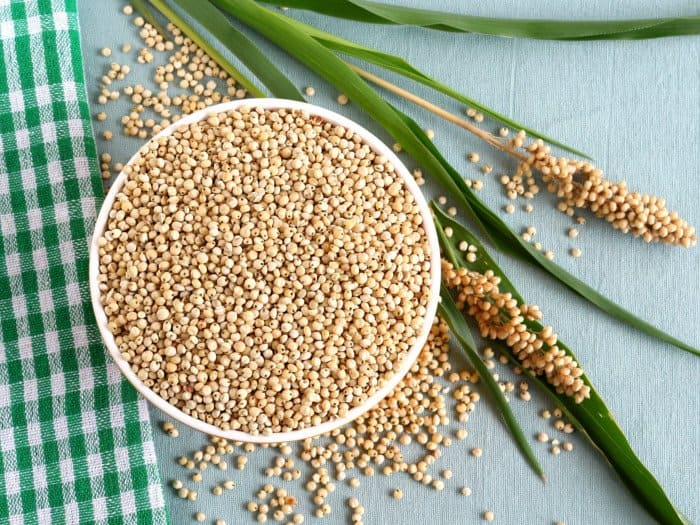
- Best applications: Flour for gluten-free baking, popped for snacks, whole grain side dishes
- Processing note: Can be ground into flour, eaten whole, or processed into syrup
👉 Learn about Freeze Concentration: A Game-Changer for Maple Syrup Makers
Buckwheat: The Heart-Healthy Pseudocereal
Despite its name, buckwheat isn’t related to wheat at all – it’s actually related to rhubarb and sorrel. This triangular seed has been nourishing populations across Asia and Eastern Europe for thousands of years, and modern research validates its impressive health benefits.
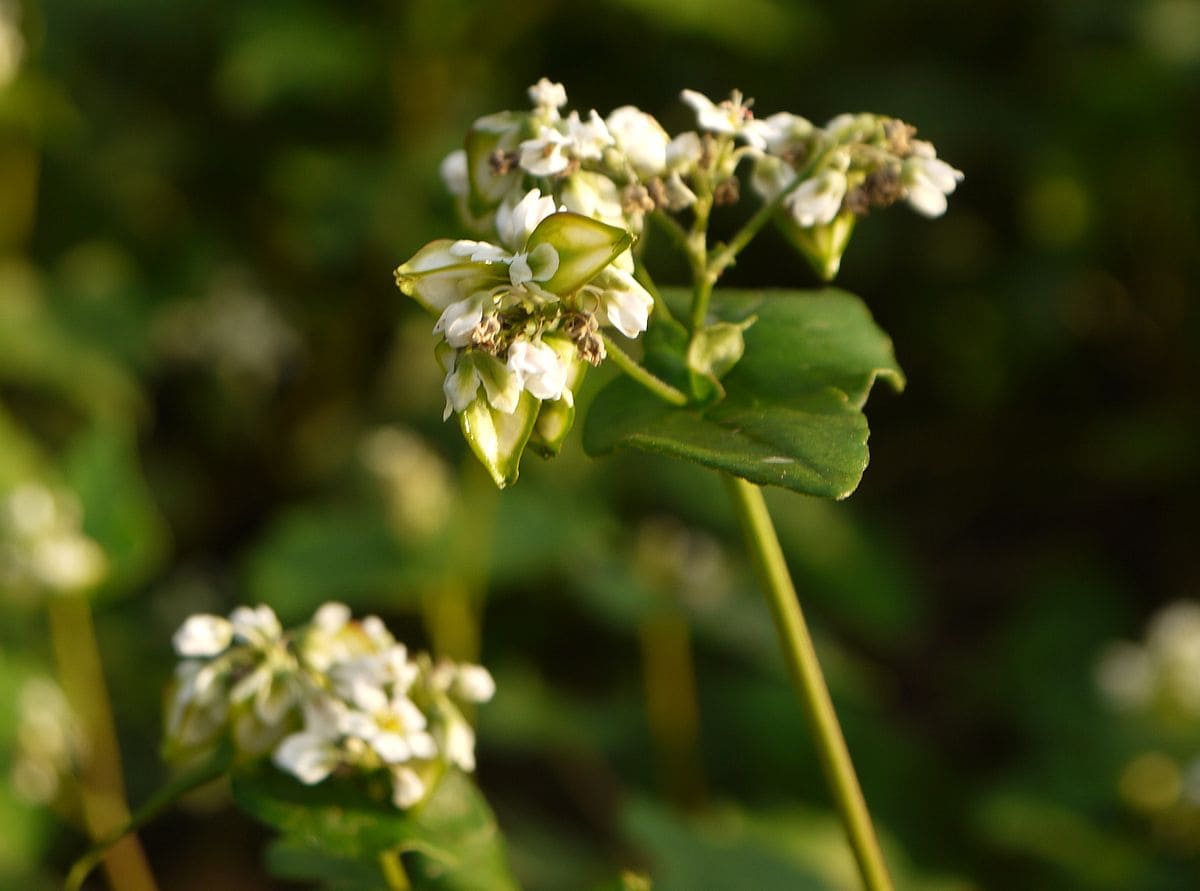
Buckwheat is a complete protein source and particularly rich in rutin, a flavonoid that strengthens blood vessels and may help lower blood pressure and cholesterol. It’s naturally gluten-free and has a distinctive, robust flavor that pairs beautifully with earthy ingredients like mushrooms.
- Best applications: Pancakes, soba noodles, hearty breakfast porridge, flour for gluten-free baking
- Flavor profile: Nutty and slightly bitter, with earthy undertones
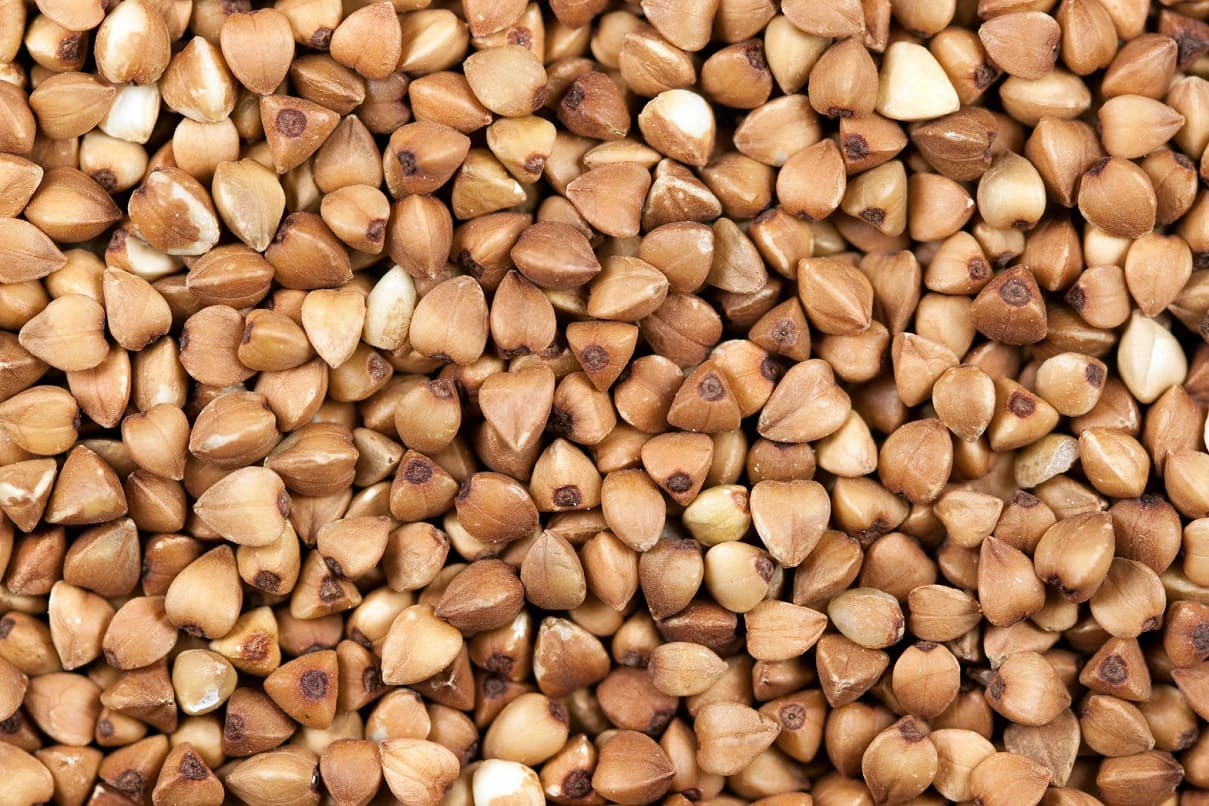
Wild Rice: The North American Treasure
True wild rice isn’t rice at all – it’s the seed of an aquatic grass native to North America’s Great Lakes region. Hand-harvested by Native Americans using traditional canoe methods, authentic wild rice commands premium prices due to its labor-intensive collection and unique flavor development through wood-fire parching.
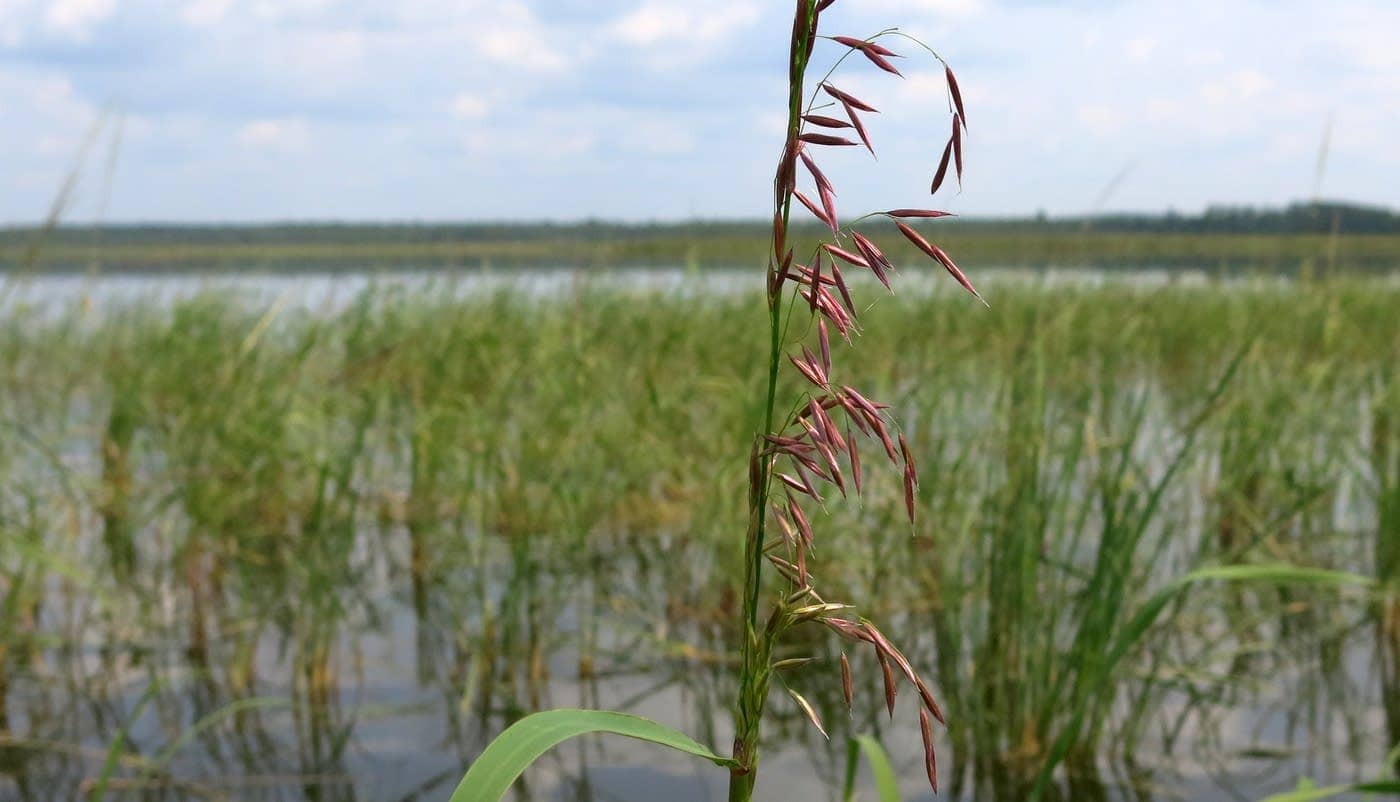
Wild rice provides exceptional protein content – often 15% or higher – along with impressive amounts of B vitamins, magnesium, and zinc. Its long, dark grains have a chewy texture and rich, nutty flavor that’s distinctly different from Asian rice varieties.
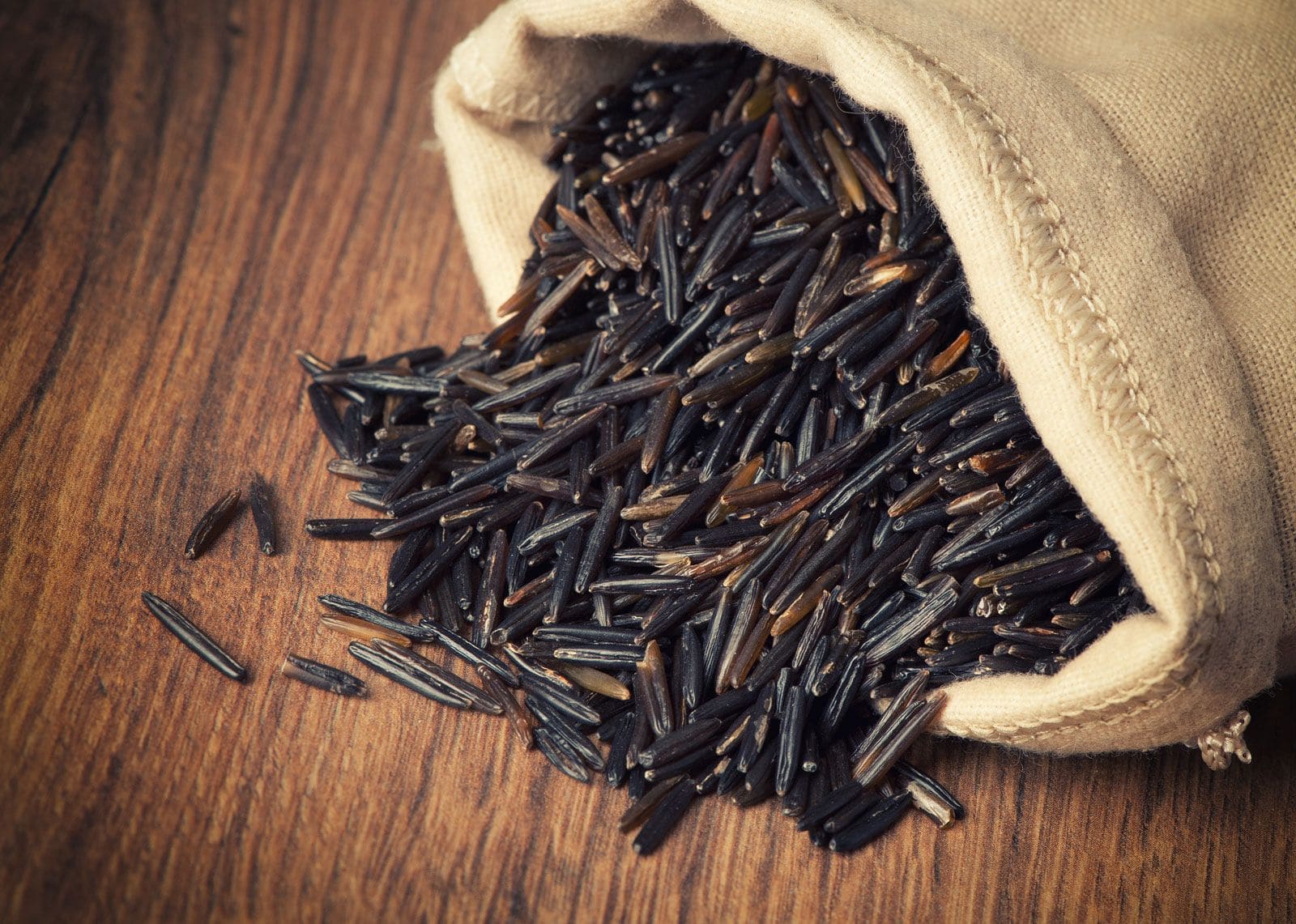
- Best applications: Pilafs, stuffings, soups where its robust flavor and texture shine
- Cooking note: Requires longer cooking times (45-60 minutes) but results in fluffy, separate grains
👉 Read about Foraging Wild Cherries: Discovering The Nature’s Delights
Barley: The Ancient Foundation Grain
Barley ranks among humanity’s first cultivated grains, with archaeological evidence of its use dating back 10,000 years. While often relegated to beer production today, whole grain barley deserves recognition as a nutritional powerhouse, particularly for its exceptional beta-glucan fiber content.
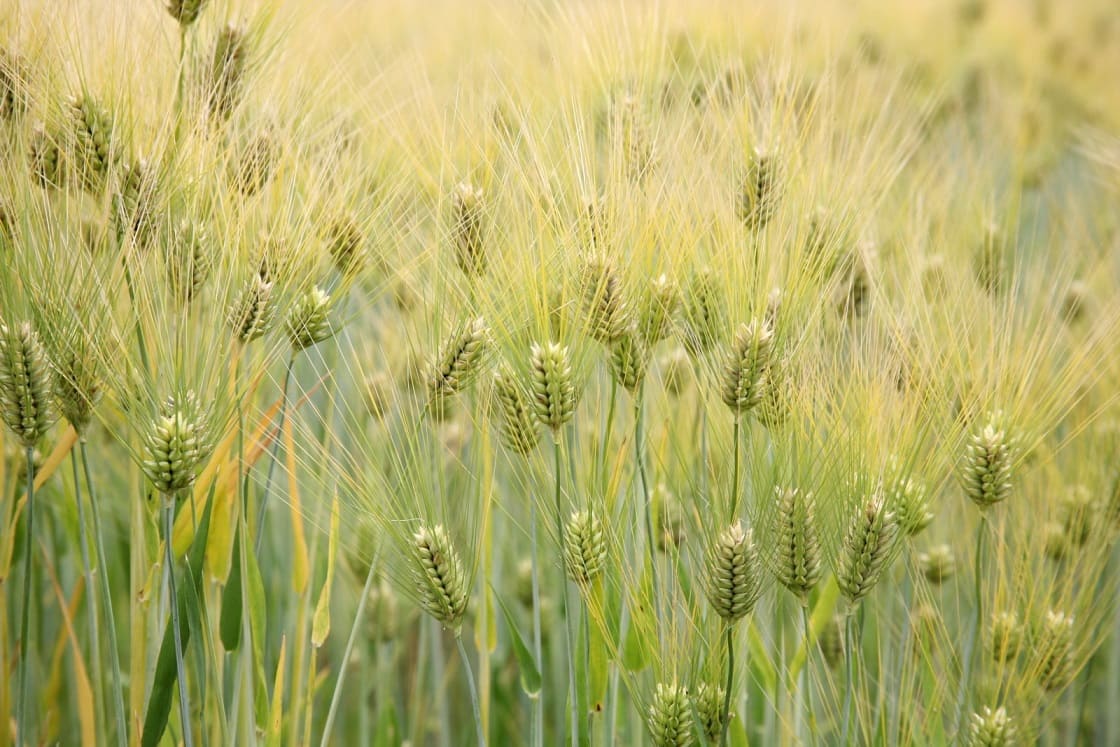
This soluble fiber actively works to lower cholesterol levels and improve heart health, with studies showing significant cardiovascular benefits from regular barley consumption. The grain has a mild, slightly sweet flavor and pleasantly chewy texture.
- Best applications: Soups, stews, risotto-style dishes, breakfast porridge
- Health highlight: Contains the highest levels of cholesterol-lowering beta-glucan among common grains
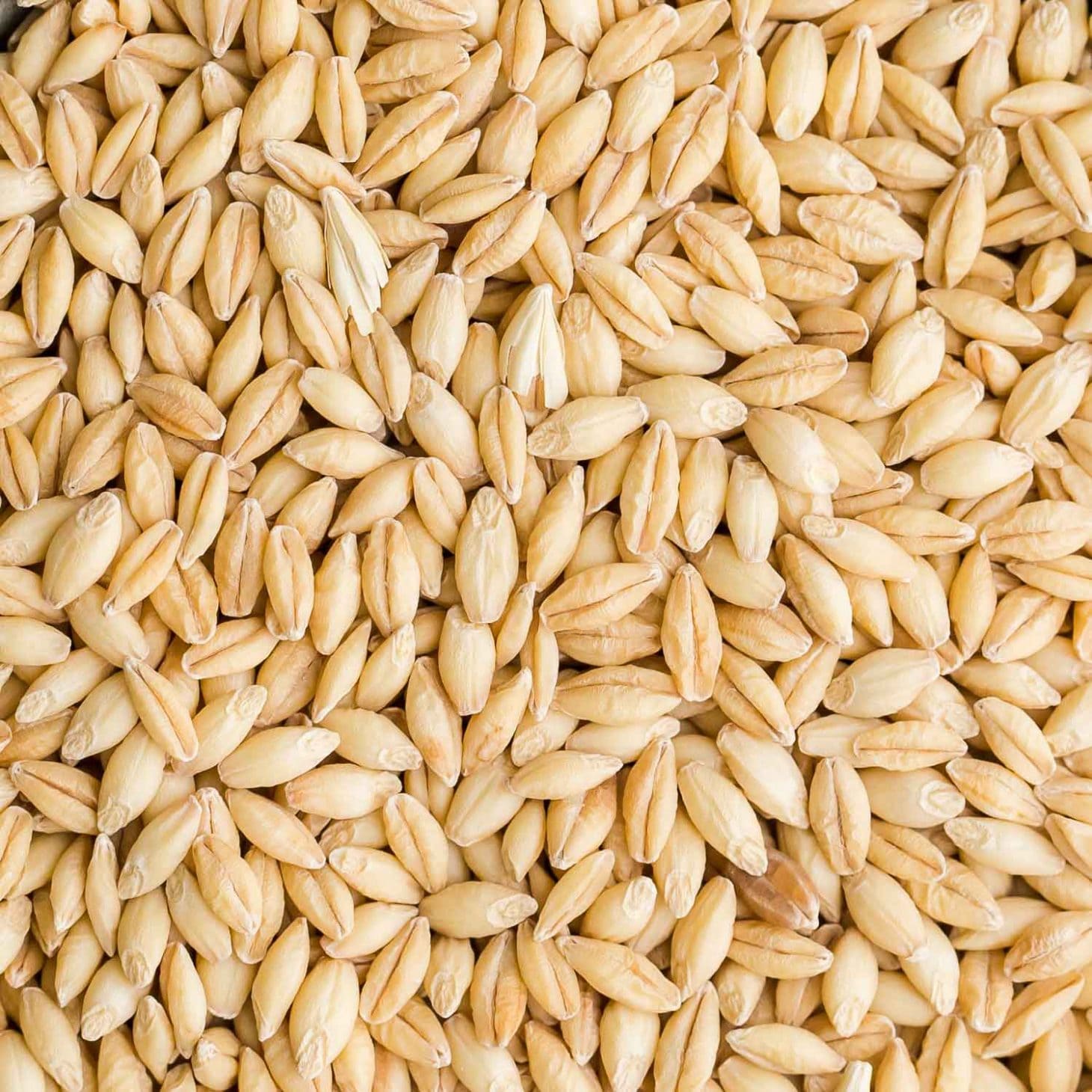
Bulgur: The Mediterranean Quick-Cook Grain
Bulgur represents ancient food processing at its finest – wheat berries are parboiled, dried, and cracked into various sizes. This process preserves most of the grain’s nutrients while dramatically reducing cooking time, making it one of the most convenient ancient grains.
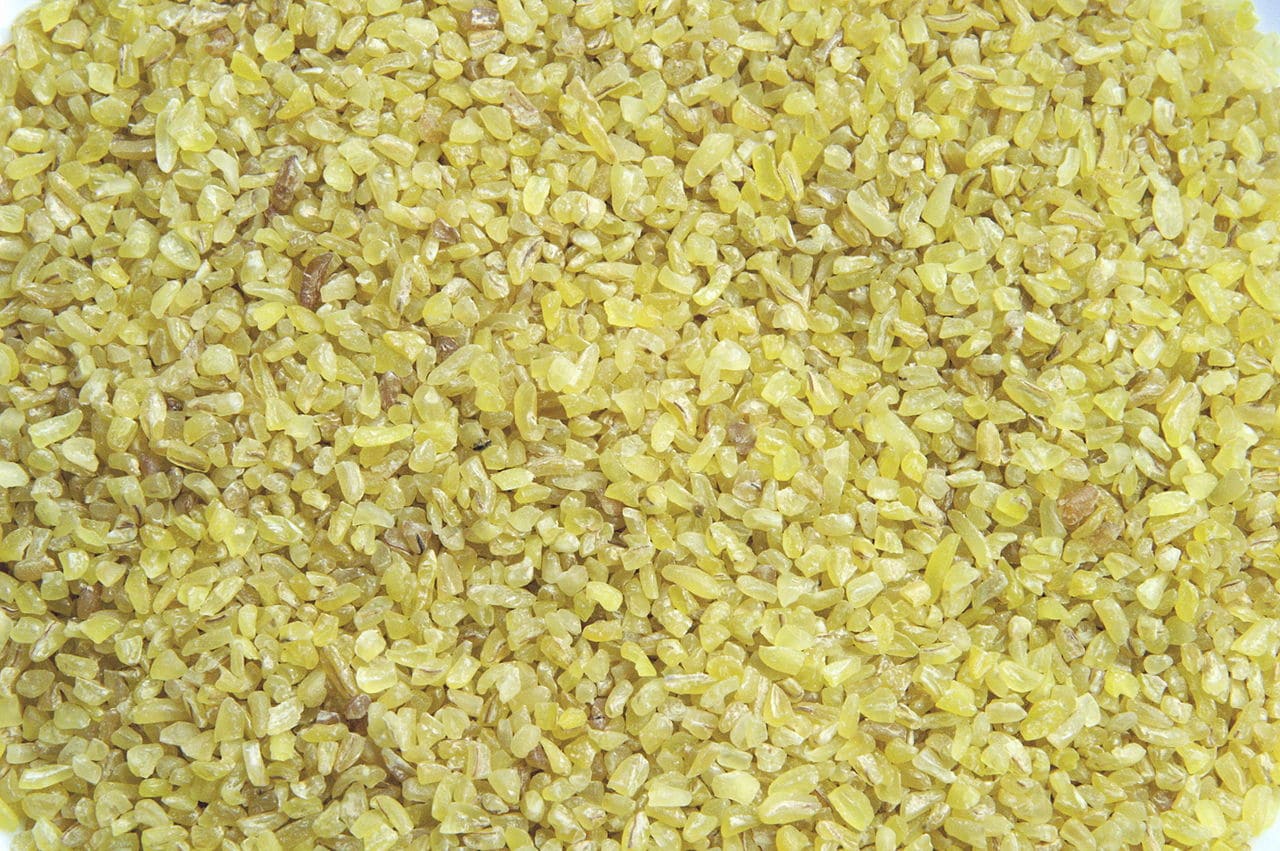
Popular throughout the Middle East and Mediterranean, bulgur provides excellent fiber content and substantial protein. Its nutty flavor and quick-cooking nature make it perfect for busy modern kitchens seeking ancient grain nutrition without extended prep times.
- Best applications: Tabbouleh salads, pilafs, quick side dishes, stuffings
- Convenience factor: Fine bulgur cooks in just 10-15 minutes with hot water
Chia: The Tiny Nutritional Giant
While technically seeds rather than grains, chia deserves inclusion for its remarkable nutritional density and grain-like applications. These tiny seeds were so valued by the Aztecs that they used them as currency, and modern research reveals why – chia provides exceptional omega-3 fatty acids, complete protein, and extraordinary fiber content.
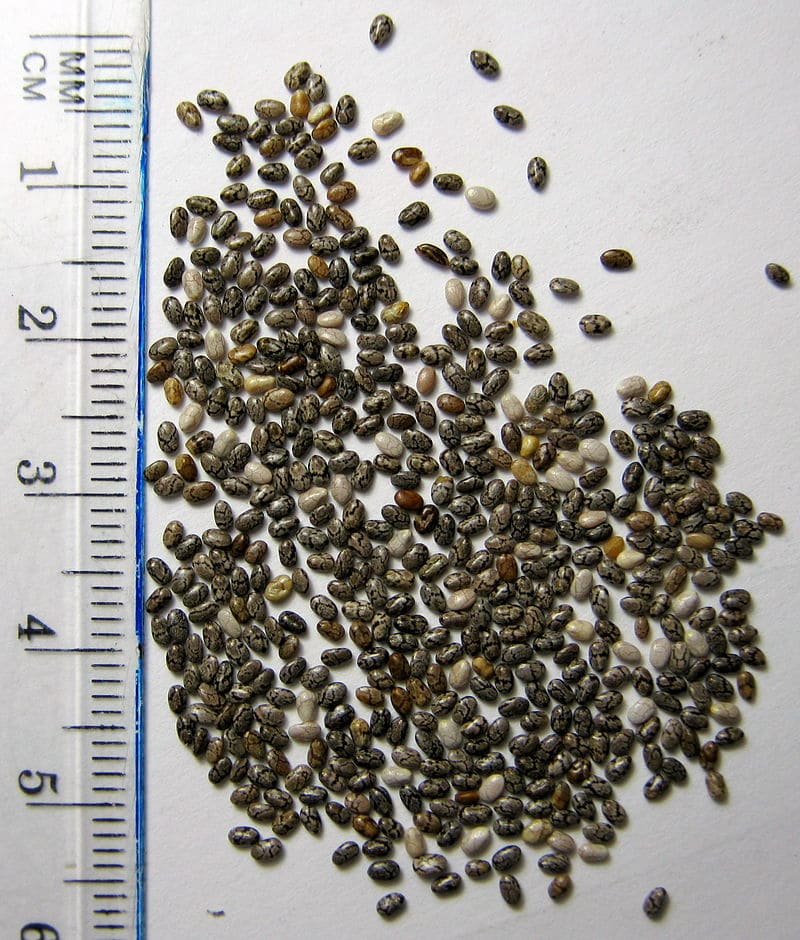
Chia’s unique property of absorbing liquid to form a gel makes it incredibly versatile, from puddings to baked goods where it can replace eggs. The seeds are virtually flavorless, making them easy to incorporate into existing recipes.
- Best applications: Puddings, smoothie thickener, egg replacement in baking, sprinkled on cereals
- Unique property: Absorbs up to 12 times its weight in liquid, creating gel-like consistency
Understanding Gluten: Your Complete Navigation Guide
The gluten question is crucial for many people, so let’s clarify exactly which ancient grains are safe for those avoiding gluten and why some people find ancient wheat varieties more tolerable.
Naturally Gluten-Free Champions
Quinoa, amaranth, millet, teff, sorghum, buckwheat, and wild rice are naturally gluten-free. These pseudocereals and non-wheat grains evolved completely independently of wheat, making them safe for people with celiac disease when properly processed and labeled.
Ancient Wheat Varieties: A Complex Picture
Spelt, farro (emmer), einkorn, kamut, freekeh, and bulgur all contain gluten because they’re wheat relatives. However, many people report better tolerance of these ancient wheats compared to modern varieties. Several factors might explain this:
The gluten structure in ancient wheats is often different and potentially less inflammatory. Einkorn, for example, has a simpler genetic structure with different gluten proteins than modern wheat. Traditional preparation methods used with ancient grains – like longer fermentation times – can also break down gluten proteins, making them more digestible.
Important caveat: If you have celiac disease, all wheat varieties are off-limits, regardless of how ancient they are. For non-celiac gluten sensitivity, some people do find ancient wheats more tolerable, but this varies greatly between individuals and should be approached cautiously with medical guidance.
The Sustainability Story: Ancient Grains for a Healthier Planet
The environmental benefits of ancient grains extend far beyond personal health, offering solutions to some of our most pressing agricultural challenges.
Climate Resilience and Resource Efficiency
Many ancient grains evolved in harsh environments, making them naturally resilient to climate extremes. Sorghum and millet, for instance, thrive in arid conditions with minimal water – crucial advantages as water scarcity increases globally. These grains often require 30-50% less water than modern wheat or corn.
Teff can grow in everything from waterlogged soils to drought conditions, while quinoa tolerates poor soils, high altitudes, and temperature fluctuations that would devastate conventional crops.
👉 Read the Crop Rotation Guide: Boost Your Garden’s Health Naturally | Modern Farming
Soil Health and Carbon Sequestration
Ancient grains typically develop deeper, more extensive root systems than modern varieties. These robust root networks improve soil structure, prevent erosion, and sequester more carbon from the atmosphere.
When ancient grain plants decompose, they contribute more organic matter to the soil, creating a positive cycle of soil health improvement.
Many ancient grains also require fewer synthetic inputs – pesticides, fertilizers, and fungicides – making them ideal candidates for organic and regenerative farming systems.
👉 Here’s How to Add Nitrogen to Soil: 18 Quick Fixes + Long-Term Solutions
Mastering Ancient Grain Preparation: From Kitchen Basics to Pro Techniques
Cooking ancient grains successfully requires understanding their individual characteristics and optimal preparation methods.
The Foundation: Basic Cooking Methods
Most ancient grains follow the absorption method: combine grain with liquid, bring to a boil, reduce heat, and simmer covered until tender. However, each grain has its preferences.
Universal ratios and timing: Quinoa uses a 1:2 ratio with liquid and cooks in 15 minutes. Amaranth needs more liquid (1:3 ratio) and 20 minutes of cooking. Millet works well with a 1:2.5 ratio for 25 minutes, while farro requires 1:3 and 30-45 minutes depending on whether it’s pearled.
Enhancing Digestibility Through Traditional Methods
Here’s where ancient wisdom meets modern understanding. Soaking grains for 6-24 hours before cooking reduces antinutrients and improves digestibility. This is particularly beneficial for amaranth, quinoa, and millet.
Sprouting takes this further – after soaking, drain and leave grains in a covered bowl, rinsing twice daily until tiny sprouts appear (usually 2-3 days). Sprouted grains cook faster and are more nutritious and digestible.
Toasting grains in a dry pan for 2-3 minutes before adding liquid intensifies their nutty flavors and can improve texture. This technique works particularly well with quinoa, millet, and buckwheat.
Professional-Level Techniques
For the fluffiest quinoa, use the pasta method: boil in plenty of water like pasta, then drain and steam briefly. This prevents mushiness and ensures separate, fluffy grains.
When cooking amaranth, stir frequently in the last few minutes to prevent sticking. For a porridge-like consistency, use more liquid and longer cooking. For separate grains, use less liquid and avoid stirring.
Batch cooking saves time and encourages regular use. Most cooked ancient grains keep well refrigerated for 4-5 days and can be quickly reheated or used cold in salads.
Practical Integration: Making Ancient Grains Part of Your Daily Life
The key to successfully incorporating ancient grains isn’t replacing everything at once – it’s strategic substitution and gradual expansion of your comfort zone.
Breakfast Transformations
Replace your morning oatmeal with amaranth porridge topped with berries and nuts. The tiny grains create a creamy, protein-rich base that holds you satisfied longer than typical breakfast carbs. Alternatively, add a few tablespoons of cooked quinoa to smoothies for an undetectable protein boost.
Lunch and Dinner Innovations
Use quinoa or millet as a base for grain bowls, but think beyond simple substitution. Combine different ancient grains for varied textures – try a mix of chewy farro with fluffy quinoa, or add crunchy popped amaranth to salads.
Freekeh makes an exceptional substitute for rice in stuffed vegetables, while teff flour can replace up to 25% of regular flour in bread recipes, adding protein and minerals without dramatically changing texture.
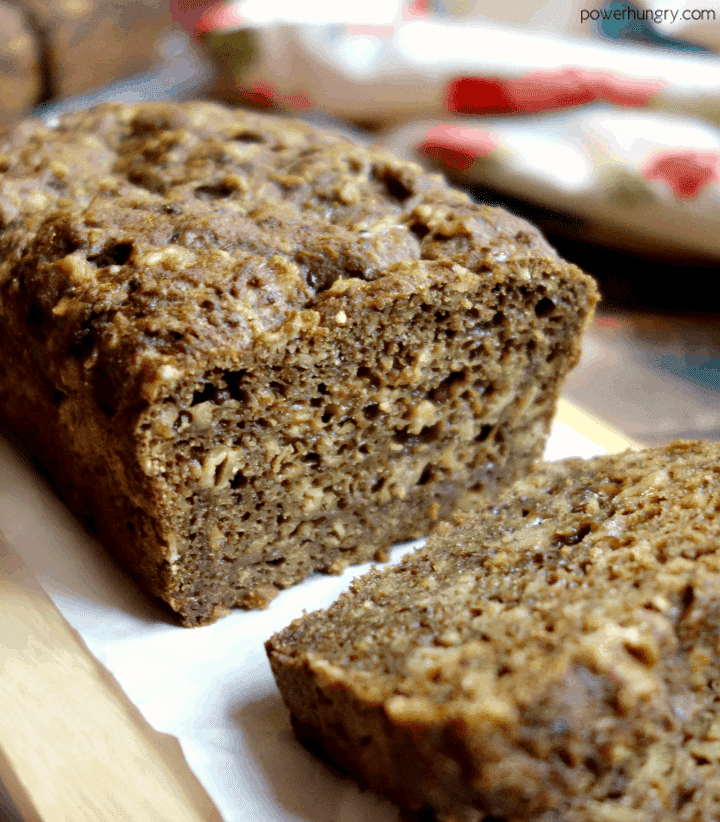
Baking Adventures with Ancient Grain Flours
Ancient grain flours require understanding their unique properties. Spelt flour can often substitute 1:1 for wheat flour, but you may need to reduce liquid slightly since spelt absorbs more moisture. Quinoa flour adds protein and creates tender, moist baked goods but can become gummy if overused – limit it to 25-30% of total flour.
Amaranth flour brings a subtle pepperiness that works beautifully in crackers and flatbreads. Teff flour has a mild, sweet flavor perfect for pancakes and quick breads.
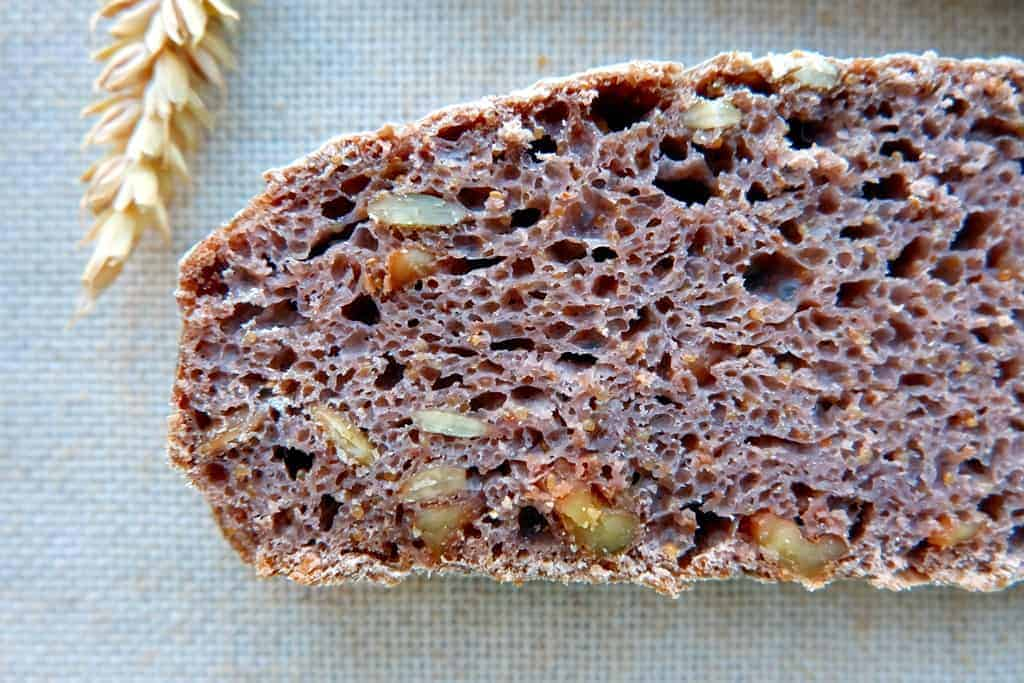
Key baking principle: Start by replacing 25% of regular flour with ancient grain flour, then gradually increase as you become comfortable with how they behave.
Smart Shopping and Storage Strategies
Buy ancient grains from stores with good turnover – whole grains can go rancid if stored too long. The bulk bins at health food stores often offer fresher products at better prices than pre-packaged options.
Store whole grains in airtight containers in cool, dry places. Most keep 6-12 months, but grinding into flour shortens shelf life to 3-6 months due to increased oil exposure to air. For maximum freshness, consider investing in a grain mill to grind flour as needed.
Look for the Whole Grains Council stamp when buying processed products containing ancient grains. This ensures you’re getting meaningful amounts, not just a marketing sprinkle.
A Balanced Perspective: Separating Fact from Marketing Hype
Let’s address the elephant in the room: ancient grains aren’t miracle foods, and they’re certainly more expensive than conventional options. Here’s an honest assessment of their place in a healthy diet.
The Genuine Advantages
Ancient grains do offer superior nutritional profiles compared to refined grains, with higher protein, fiber, vitamins, and minerals. Their unique flavors and textures genuinely make meals more interesting and satisfying. The environmental benefits are real and significant, particularly their resilience and lower input requirements.
For people with certain digestive sensitivities, traditionally prepared ancient grains may indeed be more tolerable than heavily processed modern grains.
The Honest Limitations
The term “ancient grain” is partly marketing – there’s no official definition or regulation. Many supposed ancient grains have undergone some modern cultivation and selection. The price premium is substantial, often 2-3 times the cost of conventional grains.
Regular whole grains like oats, brown rice, and whole wheat offer many similar nutritional benefits at a fraction of the cost. The digestibility claims, while supported by some research and anecdotal evidence, aren’t universal and may not apply to everyone.
The Practical Bottom Line
Ancient grains are excellent additions to a healthy diet, but they’re not necessarily superior to all modern whole grains. The key insight is that variety matters more than focusing exclusively on ancient varieties. A diet that includes different whole grains – both ancient and modern – provides the broadest spectrum of nutrients and flavors.
Think of ancient grains as tools for expanding your nutritional and culinary horizons rather than replacements for all familiar foods. They’re particularly valuable for people seeking gluten-free options, enhanced protein intake, or simply more interesting meal experiences.
Your Ancient Grain Success Plan
Ready to transform your relationship with grains? Here’s a progressive approach that builds confidence and skills gradually.
- Week 1: Start with quinoa – Replace rice in one meal with properly rinsed and cooked quinoa. Notice how the complete protein keeps you satisfied longer.
- Week 2: Try spelt flour – Substitute 25% of regular flour with spelt flour in pancakes or muffins. Observe how it changes flavor and texture.
- Week 3: Experiment with amaranth – Make amaranth porridge or pop some for a crunchy snack. Experience its unique nutritional profile firsthand.
- Week 4: Explore farro or freekeh – Use one of these in a hearty grain salad or soup, appreciating their substantial textures and robust flavors.
The goal isn’t to completely overhaul your diet overnight but to gradually expand your grain repertoire with varieties that offer both nutritional advantages and culinary pleasure. Pay attention to how different grains make you feel – energy levels, satiety, and digestive comfort.
Remember that the best grain is the one you’ll actually eat regularly. If quinoa doesn’t appeal to you, try millet. If ancient wheats feel too expensive, focus on naturally gluten-free varieties that often cost less.
Moving Forward: Ancient Wisdom for Modern Wellness
Ancient grains represent more than just nutritional upgrades – they connect us to food traditions that sustained human civilization for millennia. They remind us that food choices can support both personal health and environmental sustainability.
The journey into ancient grains doesn’t require perfection or complete dietary transformation. Start with curiosity, experiment with patience, and focus on gradual incorporation rather than dramatic overhauls. These time-tested foods have nourished countless generations; they can certainly enhance your modern meals.
Whether you’re motivated by nutrition, sustainability, culinary adventure, or all three, ancient grains offer practical pathways to more diverse, satisfying, and healthful eating. The key is beginning somewhere – choose one variety that intrigues you, learn to prepare it well, and let your positive experience guide your next steps.
Your great-great-grandmother might not have called them “superfoods,” but she understood something we’re rediscovering: the most nourishing foods are often the ones that have nourished us the longest.
Ready to start your ancient grain journey? Choose one variety from this guide, visit your local grocery store this week, and experience firsthand what these time-tested foods can bring to your table. Your future self – and your taste buds – will thank you for this delicious step into culinary history.
